- Alumina
- Boron Nitride
- Zirconia
- Other Ceramics
- Applications
- Contact
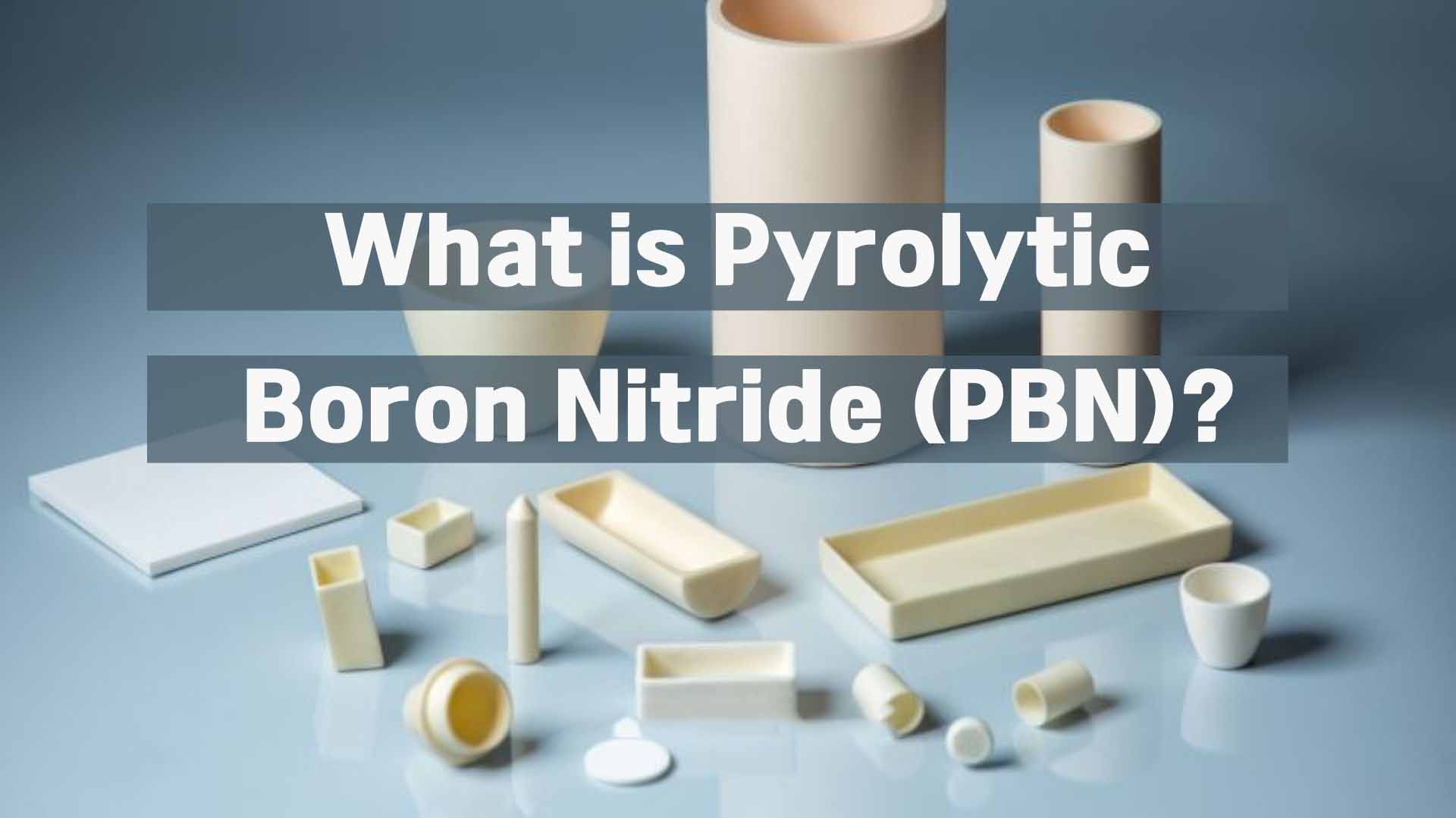
Introduction Pyrolytic boron nitride is also written as PBN or pyrolytic BN. It is a highly pure ceramic that has high chemical resistance
Silicon carbide, also called carborundum, is a compound made from silicon and carbon. This chemical compound is found in a mineral
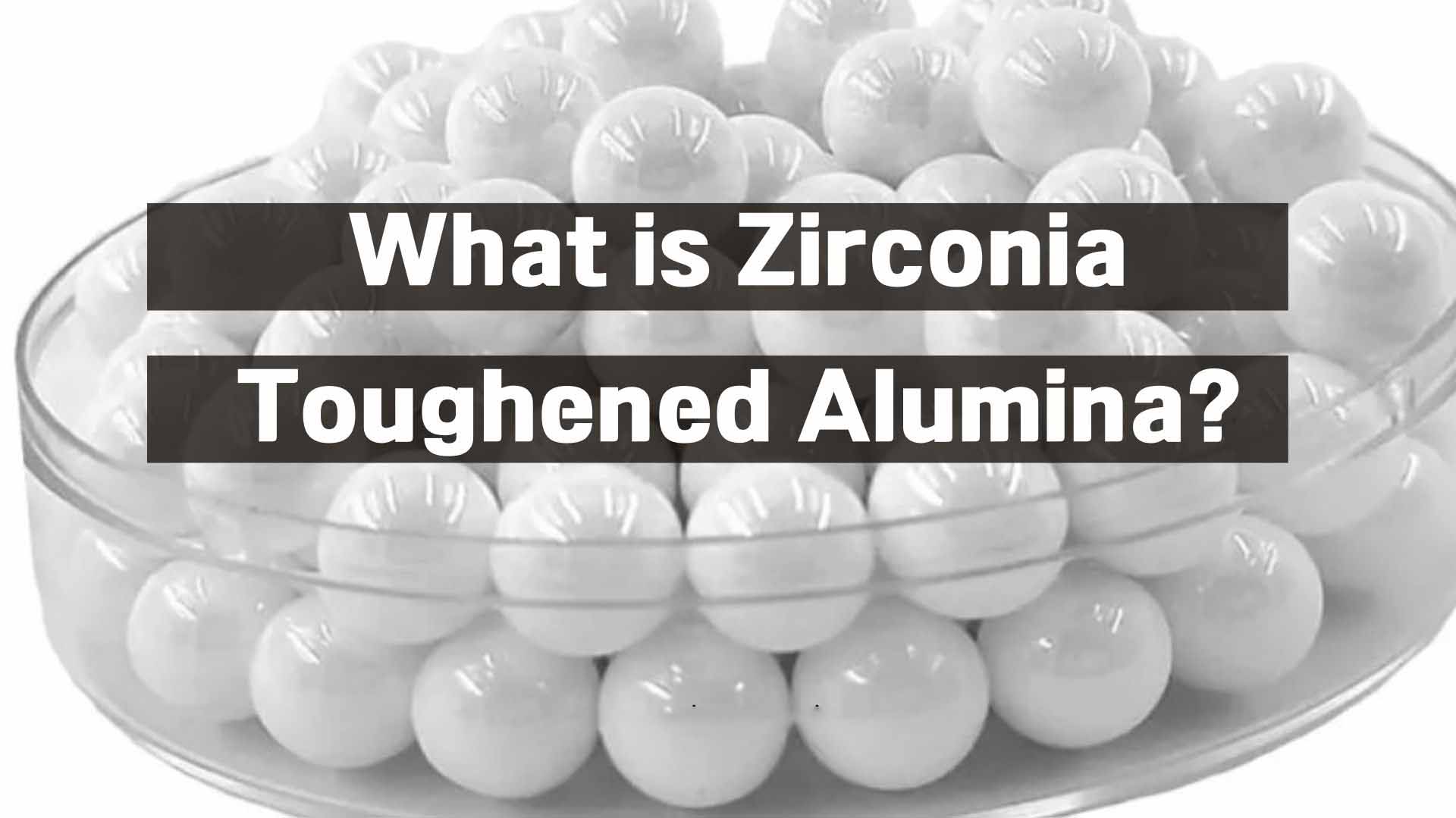
Introduction Zirconia toughened alumina (ZTA) products are products made from zirconia and alumina. Zirconia is an oxide of zircon that
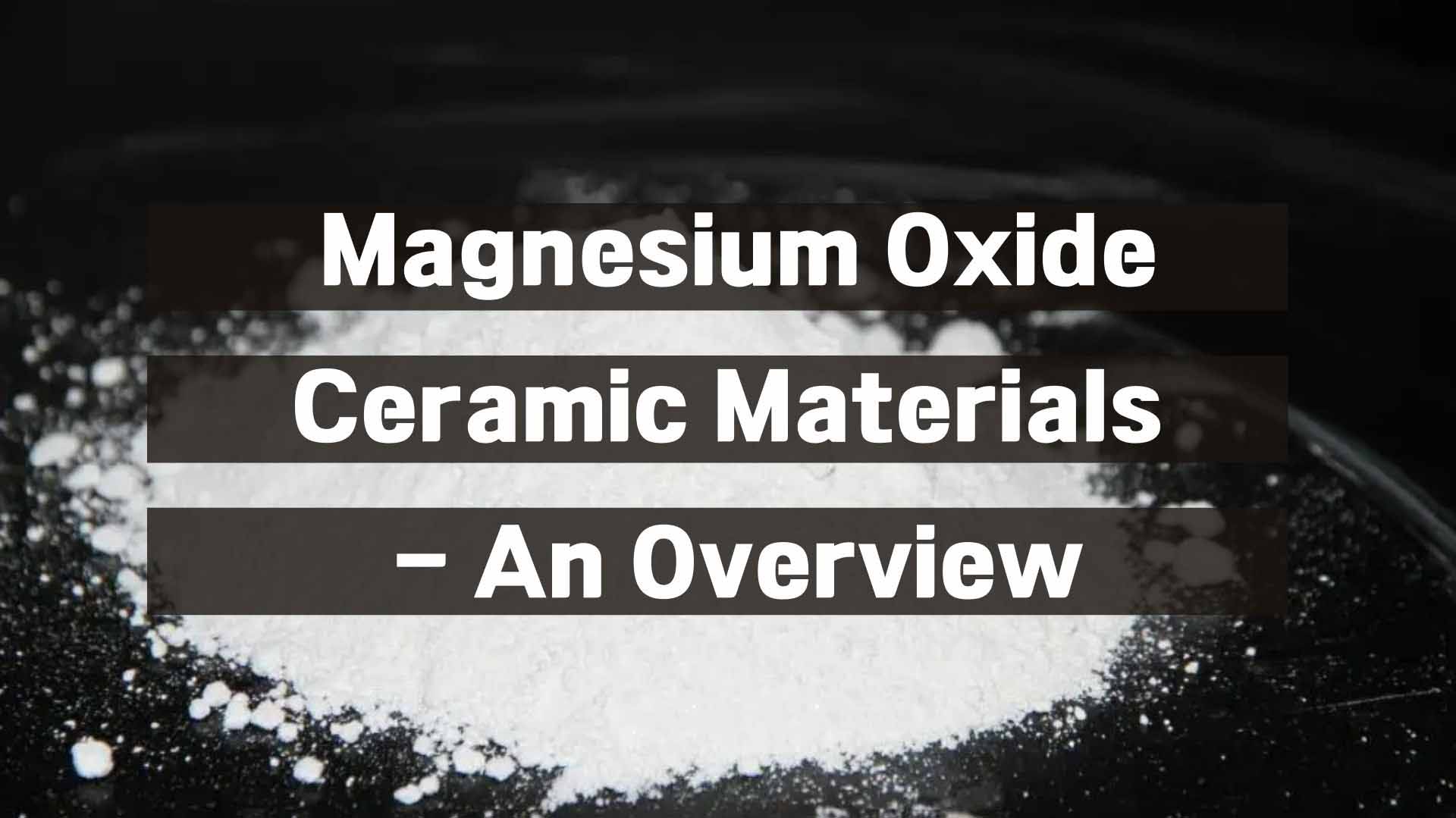
Magnesia (also known as magnesium oxide or MgO) is an alkaline earth metal oxide that is produced by the calcination

Introduction to Aluminium Silicate Aluminum silicate refers to compounds gotten from both aluminum oxide and silicon dioxide. Aluminum silicate generally has
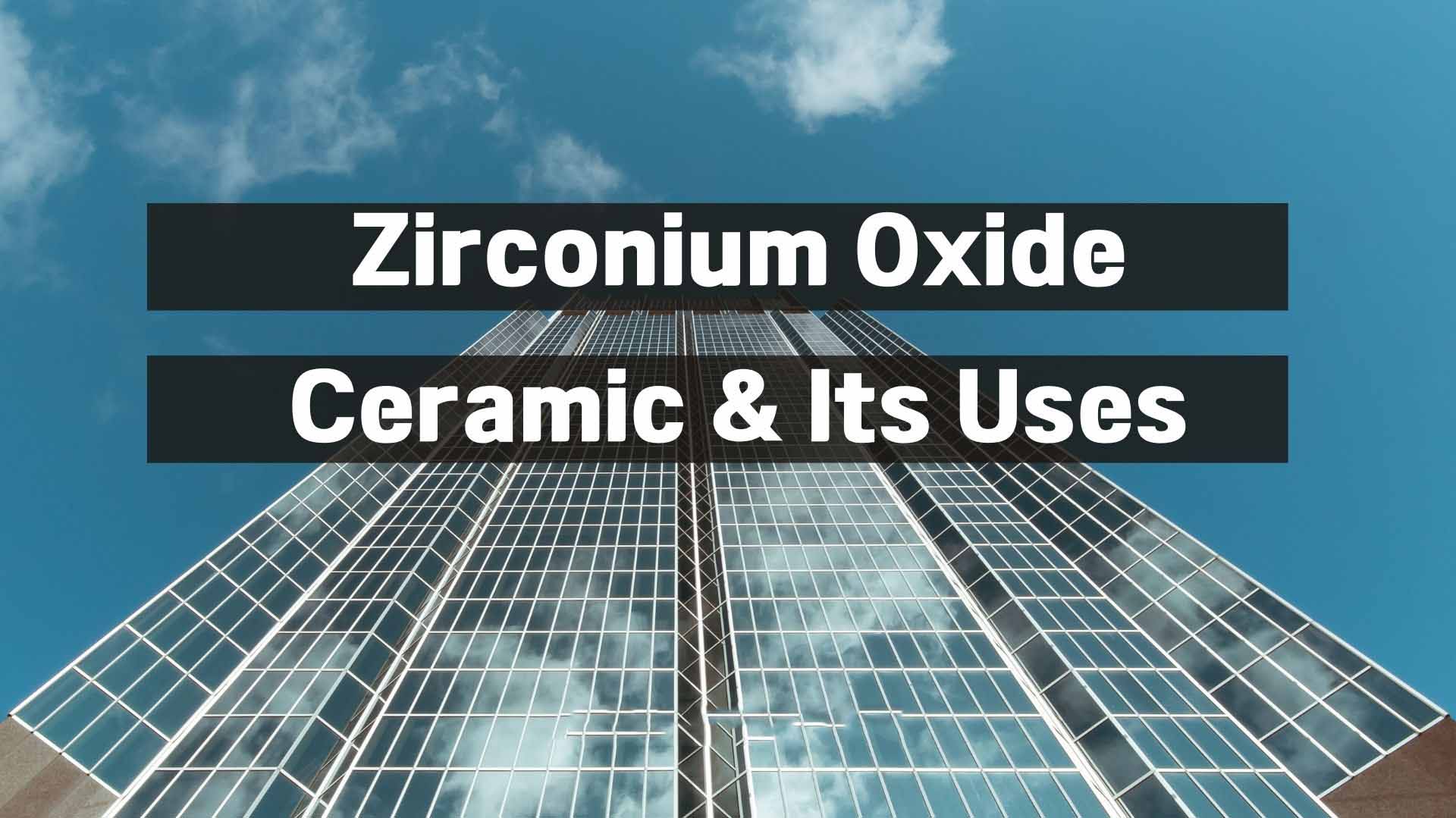
Zirconium Zirconium is a silver-gray transition metal that is very malleable and ductile. The element typically forms stable compounds. This
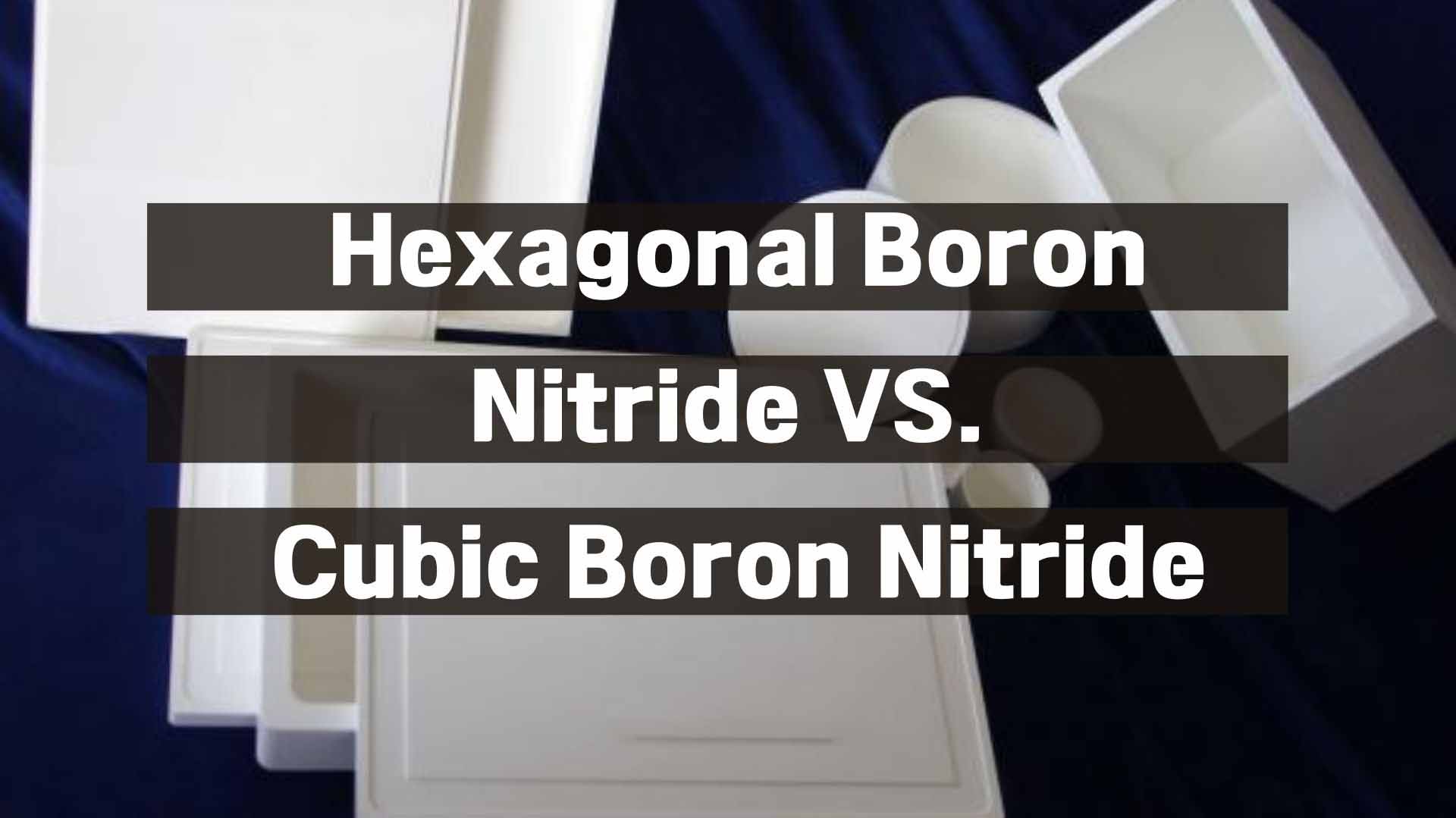
Boron nitride ceramic is a thermally and chemically stable refractory material made up of one molecule each of boron and
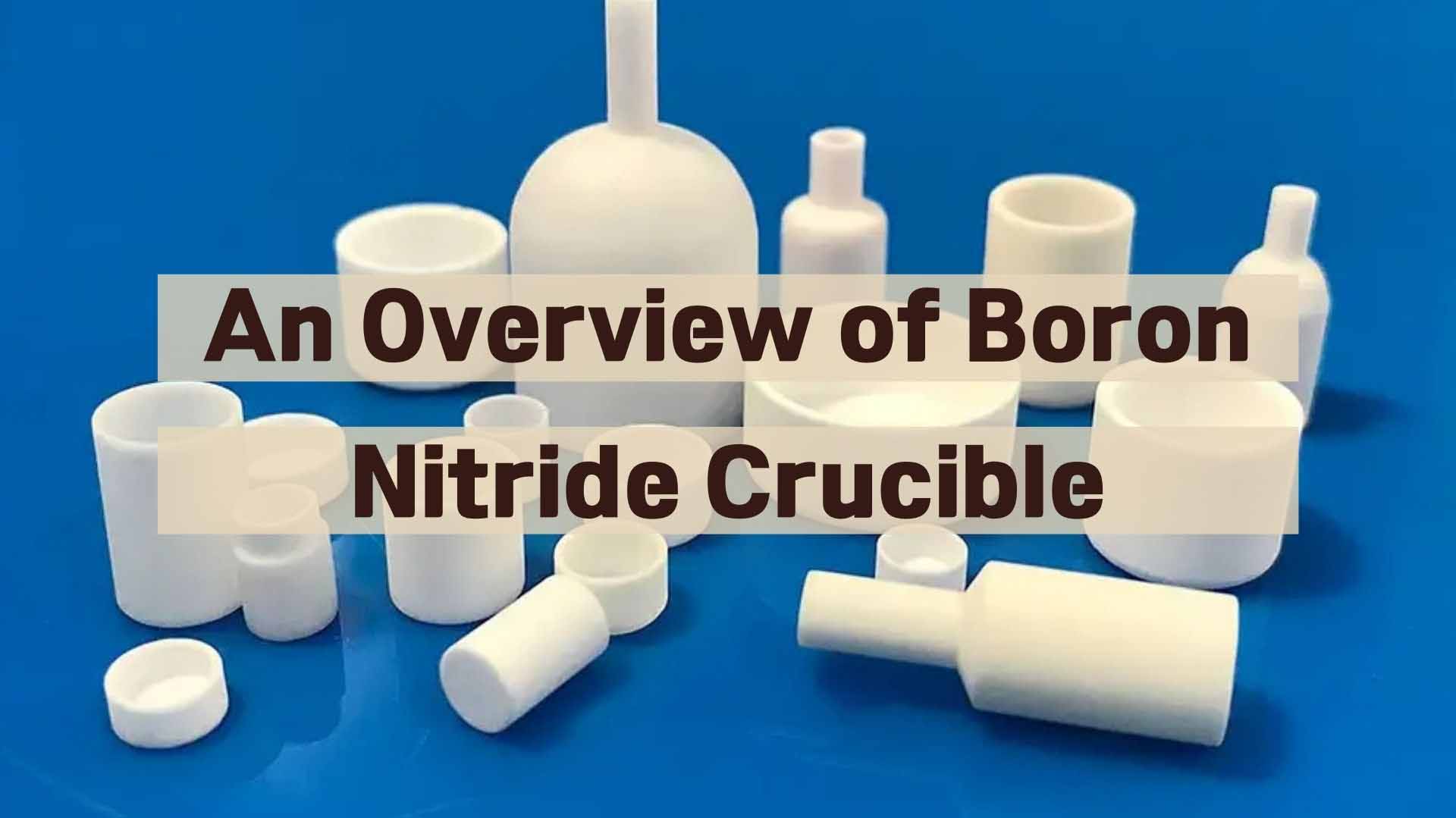
What is Boron Nitride? Boron nitride is a thermally and chemically resistant refractory compound composed mainly of boron and nitrogen
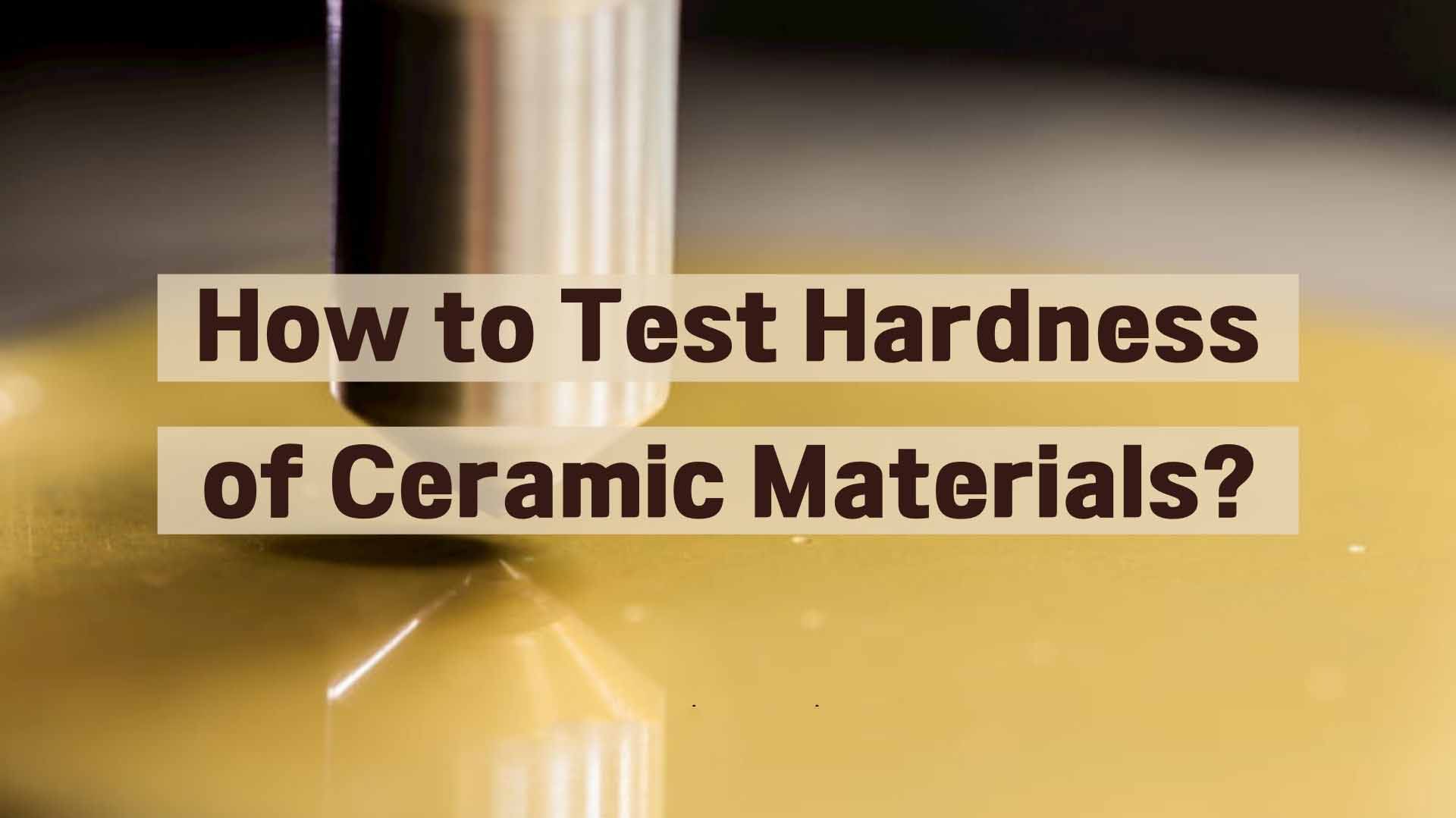
Ceramic materials, especially technical ceramics, are used in various applications where their mechanical strength and resistance to external forces, such as corrosion,
Silicon carbide and aluminum oxide are the two most commonly used abrasives. When choosing between any of these two, an